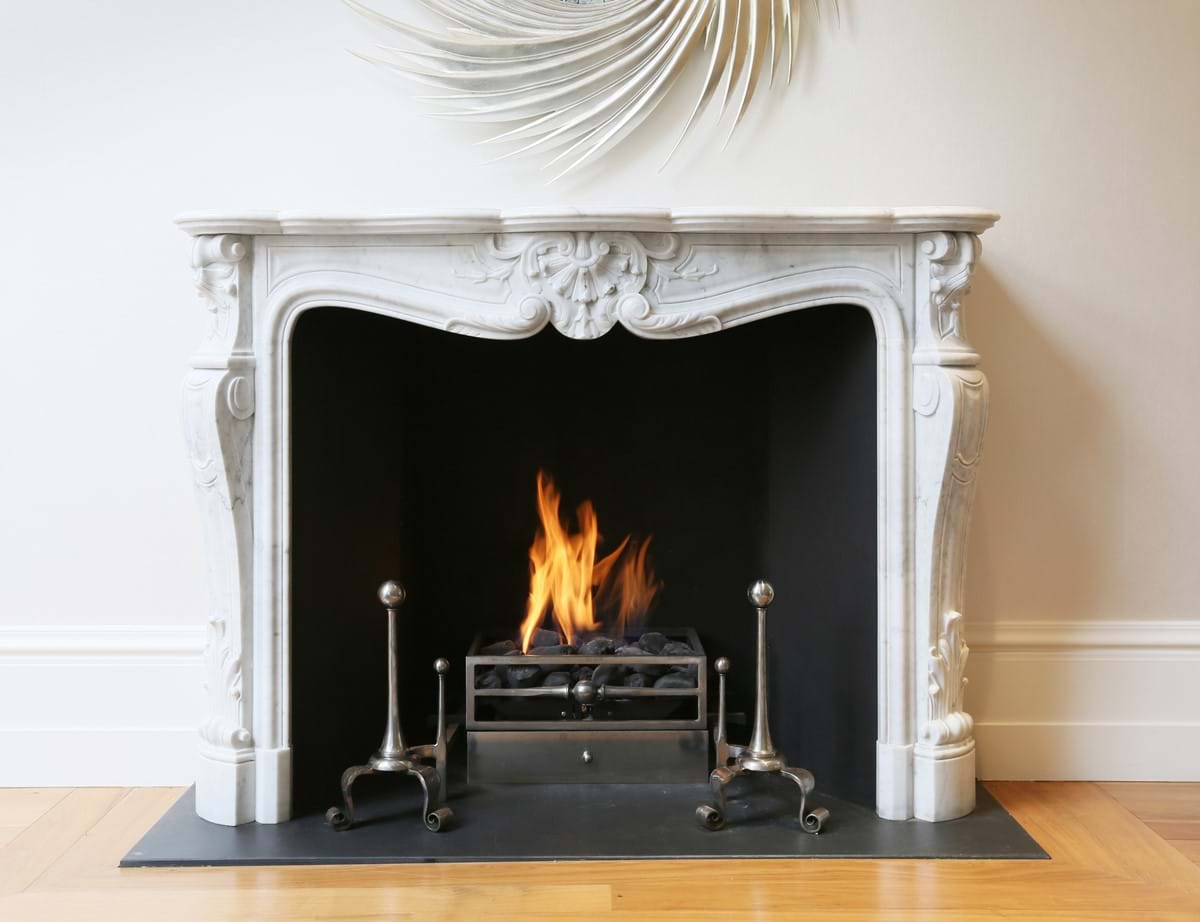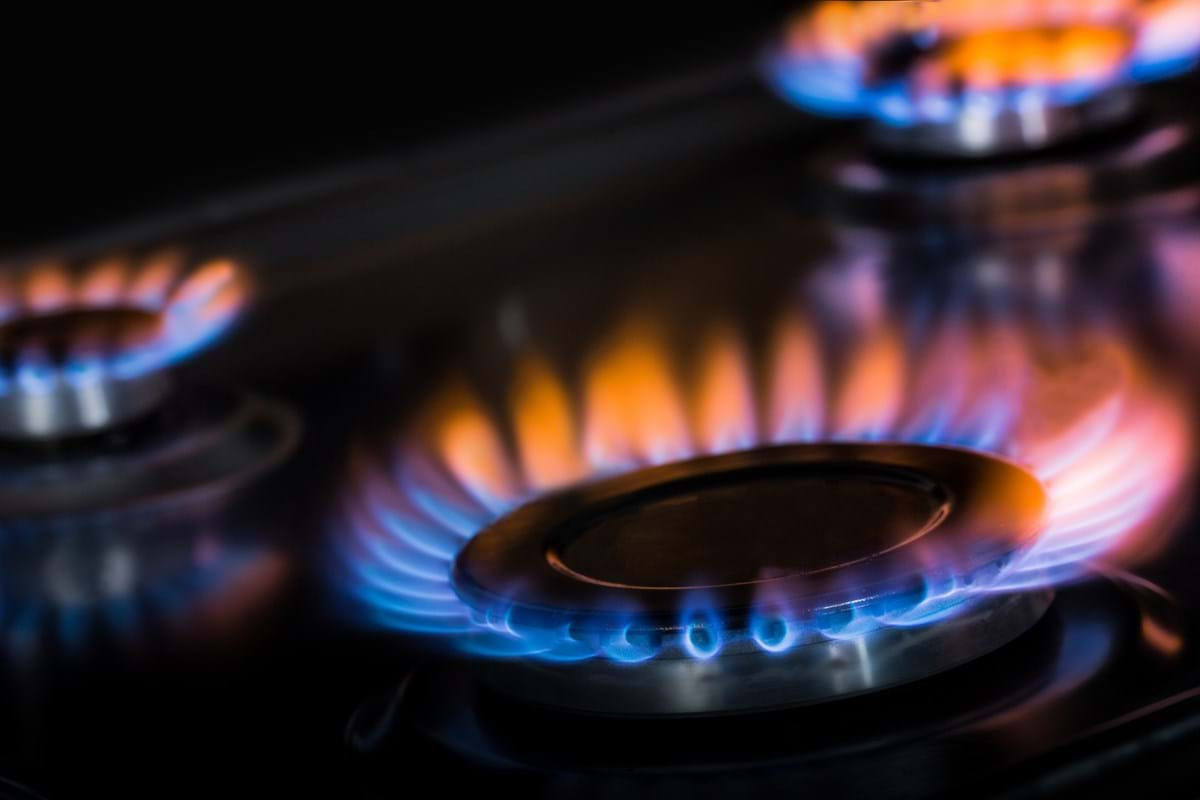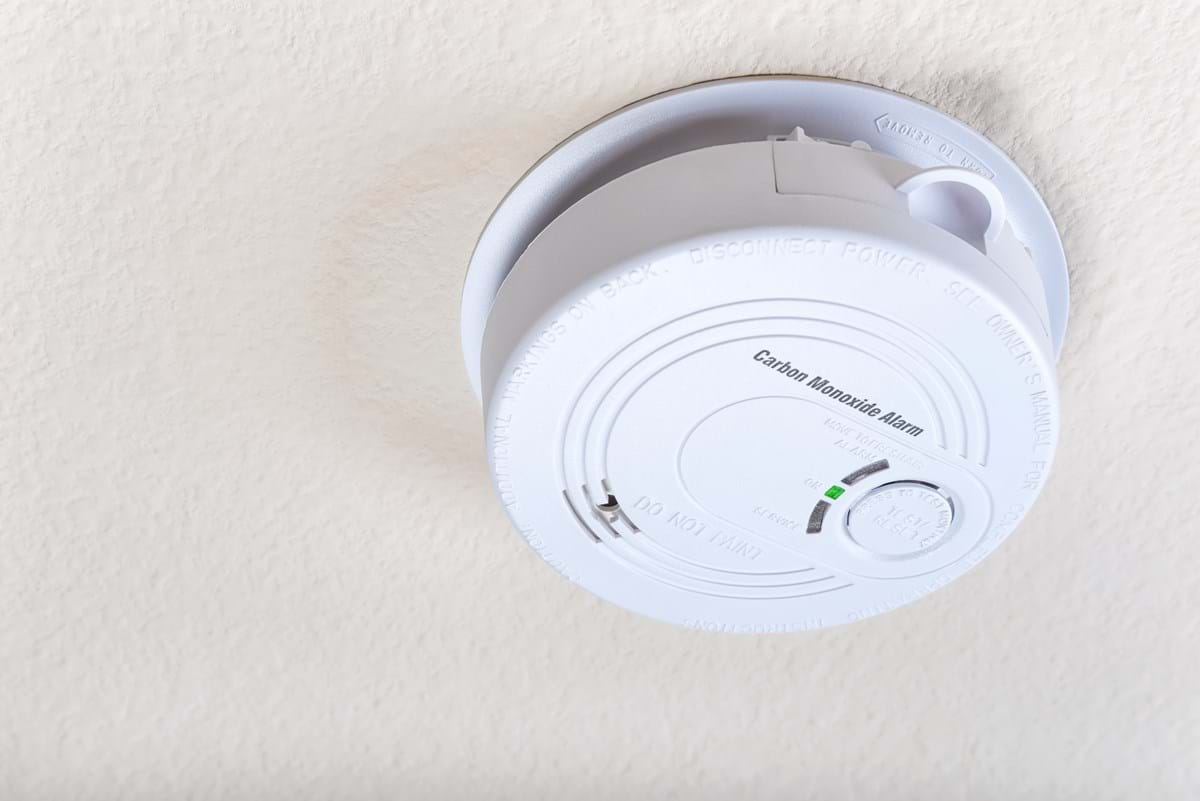Carbon monoxide is a colourless, odourless, tasteless, poisonous gas produced by the incomplete burning of carbon-based fuels. If inhaled, it can prove fatal and is therefore commonly known as the ‘silent killer’.
When fuels, such as coal, wood, petrol and oil, do not burn properly, excess and poisonous carbon monoxide gas is produced. If inhaled, it can enter the bloodstream and prevent oxygen from being carried around the body.
Carbon monoxide can be released from a gas appliance if it has been incorrectly fitted, badly repaired or poorly maintained. It can also occur if chimneys, flues or vents are blocked.
Every year in the UK, more than 200 people are hospitalised and around 60 people die as a result of carbon monoxide poisoning.
What are the signs of carbon monoxide poisoning?
Understanding the symptoms of carbon monoxide poisoning can help you to identify the warning signs. Signs of carbon monoxide poisoning can include headaches, nausea, vomiting, confusion, tiredness and breathing problems.



